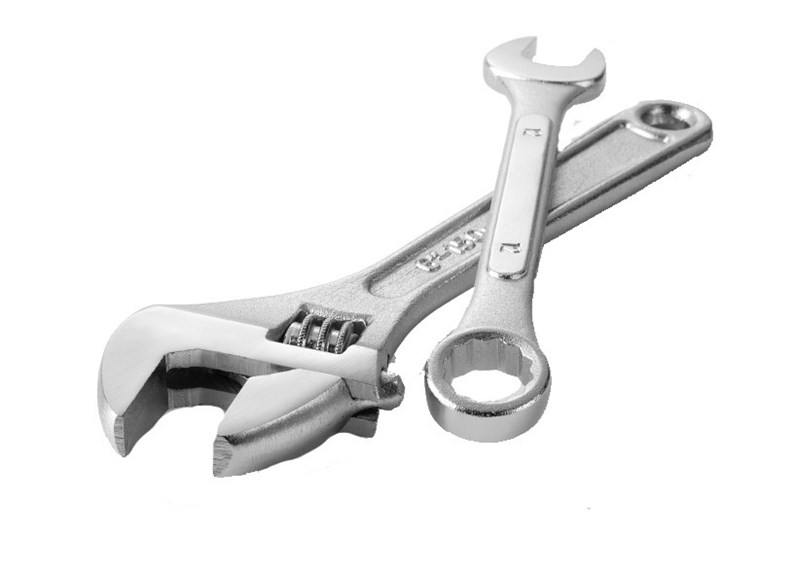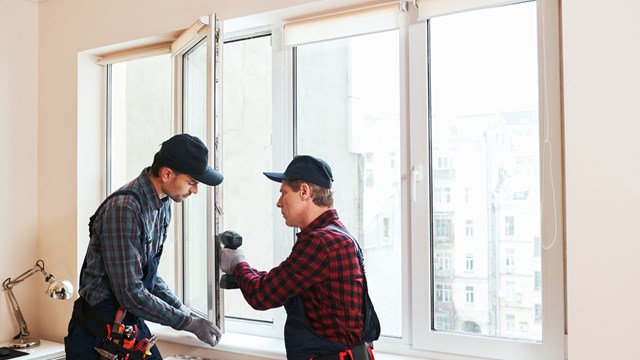Safety. Security. These two little words can have a lot of different connotations for those living within, or providing management and other professional services to, a community association. From an engineer’s perspective, thoughts relating to this topic would naturally center on the physical environment and its relationship to the well-being of the individuals residing within a community. A safe physical environment is in itself a far-reaching category encompassing items ranging from proper maintenance of site elements, such as sidewalks and other walking surfaces, to engaging contractors who utilize best safety practices on construction sites.
It is common practice among property managers to perform regular visual observations of their community, even if they are simply in the form of an informal walk around the premises. It is recommended that, when performing an informal assessment of this type, a manager should particularly look for any conditions that may pose a safety hazard to residents. One common culprit, and a leading cause of on-site accidents involving tripping and falling, are walking surfaces including sidewalks, paved walkways, stoops and stairs.
Freeze and Thaw Cycle
Two natural elements—tree roots and water—are two of the main causes for the deterioration of walking surfaces. Tree roots can literally lift sidewalks, causing them to go out of alignment, and create an uneven surface for residents. Water can have the same effect when it infiltrates the sidewalk area, and subsequently goes through a cycle of freezing and thawing. Add freezing temperatures into the mix, and you have an icy slip-and-fall waiting to happen.
Other site elements that may be considered to fall into the category of aesthetics, but actually contribute largely to a community’s safety, are lighting and landscaping. Well-maintained lighting and grounds can create a space that provides overall protection from any potential threats from other persons. Additionally, certain landscape elements can themselves prove to be a personal safety hazard if not properly tended to. For example, New Jersey residents have experienced several large storms that brought down a number of trees and tree branches. After such storms, it is important for managers to also look up in making their informal community assessment. Are there any tree limbs dangling precariously over areas where residents walk or park their cars?
When in doubt, property managers and residents should use common sense in identifying potential hazards in the physical environment. You may not know if a stormwater detention basin’s outlet structure is supposed to have grates to protect children and pets. You may not know if building codes require entry stoops and stairs to have railings.
Safety should also be first and foremost when an association is in the construction phase of a remediation project, whether it is smaller in scale or is a comprehensive capital improvement project. Two key things a property manager can do to ensure safety during these projects is to communicate with residents, professional service providers, and contractors; and to engage a reputable contractor with a documented safety program in place.
Communicate Before Something Happens
The more that residents know about the project that is underway, the better equipped they will be to avoid hazardous situations. If they understand the scope of work being completed and the potential risks, they will then be more likely to heed on-site cautions such as construction barricades.
It is also essential to ensure that the construction site adheres to the standards established by the U.S. Department of Labor’s Occupational Safety and Health Administration (OSHA). The burden of adhering to safety regulations typically falls upon the contractor who should, as previously noted, have a documented safety program. This program, at a minimum, should address site conditions relating to the leading causes of construction site worker injuries and fatalities: falls, struck-by hazards, crushed-by hazards and electrocution. More information regarding OSHA regulations can be found on the www.osha.gov website.
With an eye on prevention, active communication between all parties within a community association, and a commitment to responsible on-site construction practices, great strides can be made towards achieving those two little words—safety and security—that are so vital to residents’ well-being.
Mitchell H. Frumkin, PE, RS, CGP is president of Kipcon, Inc., a full-service engineering firm specializing in community association services.







Leave a Comment